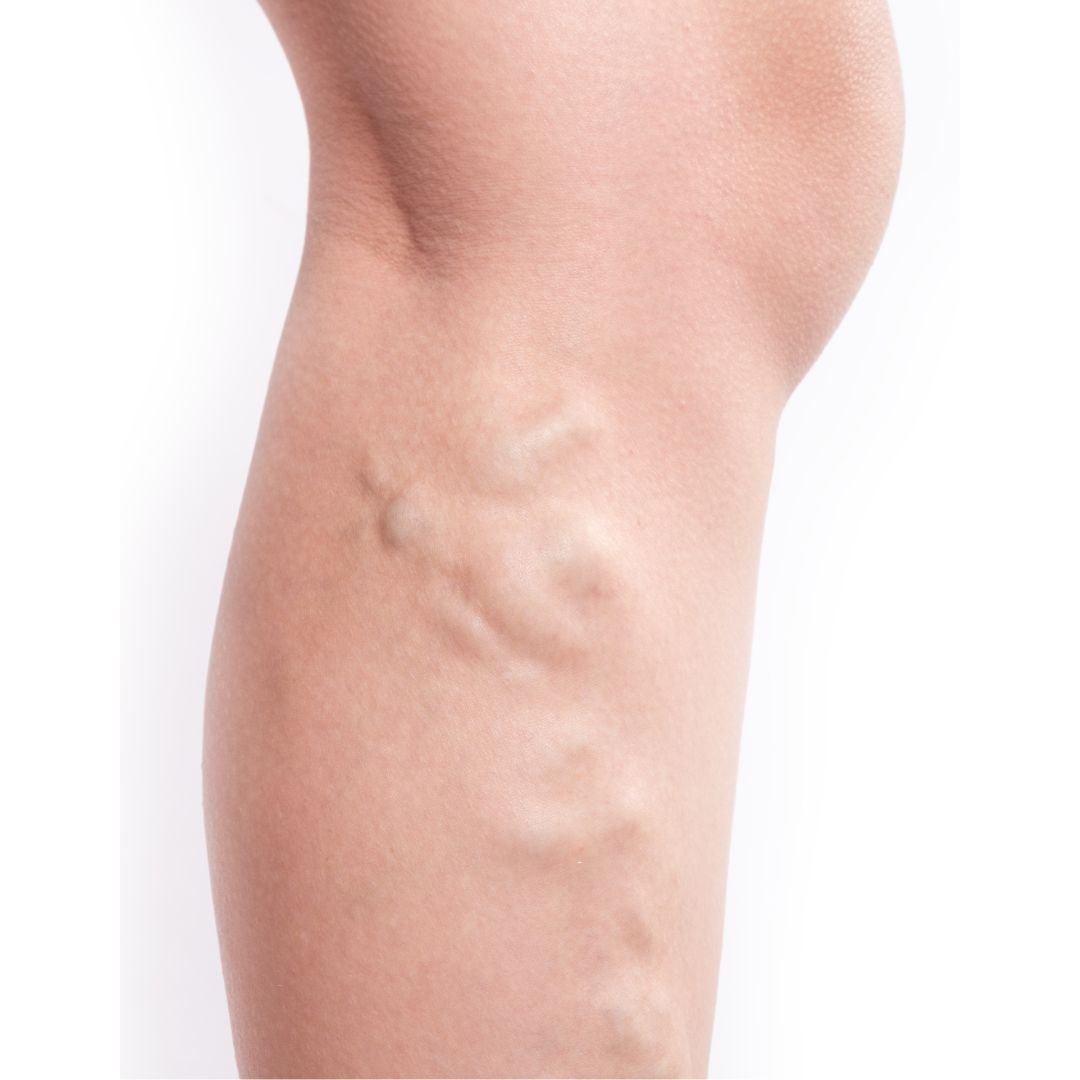Peripheral Arterial Disease and Foot Health
At Goldsmith Podiatry, we know that sometimes foot problems can result from other disorders in your body. Peripheral Arterial Disease (PAD) is a condition that occurs when plaque (fatty deposits) accumulate on the walls of the arteries, causing them to narrow and harden. This impedes blood flow. PAD happens most often in the legs, and that’s why it poses a threat to your feet.
Podiatric Complications from PAD
When poor circulation is present in the feet, seemingly minor problems like an ingrown toenail or fungal infection can quickly cause major complications. An adequate blood supply is essential for healing. Cuts, blisters, and sores may all take a very long time to heal in a person with poor circulation. Foot deformities, such as bunions and hammertoes, are often a source of sores, blisters, and lesions. The longer open wounds take to heal, the greater the chance of infection. For these reasons, PAD is one of the leading causes of amputation. Patients who suffer from neuropathy (due to diabetes or another condition) have an even greater disadvantage as they may injure their foot and not realize it right away due to lack of sensation caused by nerve damage.
What to Do
In addition to slow-healing wounds on your feet, other signs of PAD include:
Cramping and leg pain (either while walking or at rest)
Numbness
Weakness in the legs
Legs or feet feel cold
Change in leg skin color or toenail color
Loss of hair on feet and legs
We urge any of our Manhattan patients experiencing one or more symptoms to contact our Upper West Side office by calling 212-877-1002 for an appointment. Our podiatrists, Dr. Howard Goldsmith, Dr. Rosanna Troia, and Dr. Kristina Ruff, will examine your feet and get your medical history to learn if PAD, heart disease, or stroke runs in your family. A simple, non-invasive test called an ABI, which compares blood pressure in your arm and your ankles, can further confirm a diagnosis of PAD.
There are several medical and surgical treatment options available for PAD. Lifestyle changes such as quitting smoking, lowering cholesterol and blood pressure, eating a heart-healthy diet, and exercising regularly can also help reduce PAD.
If you have questions about PAD or other unusual symptoms you have noticed in your feet, don’t hesitate to contact us today.

